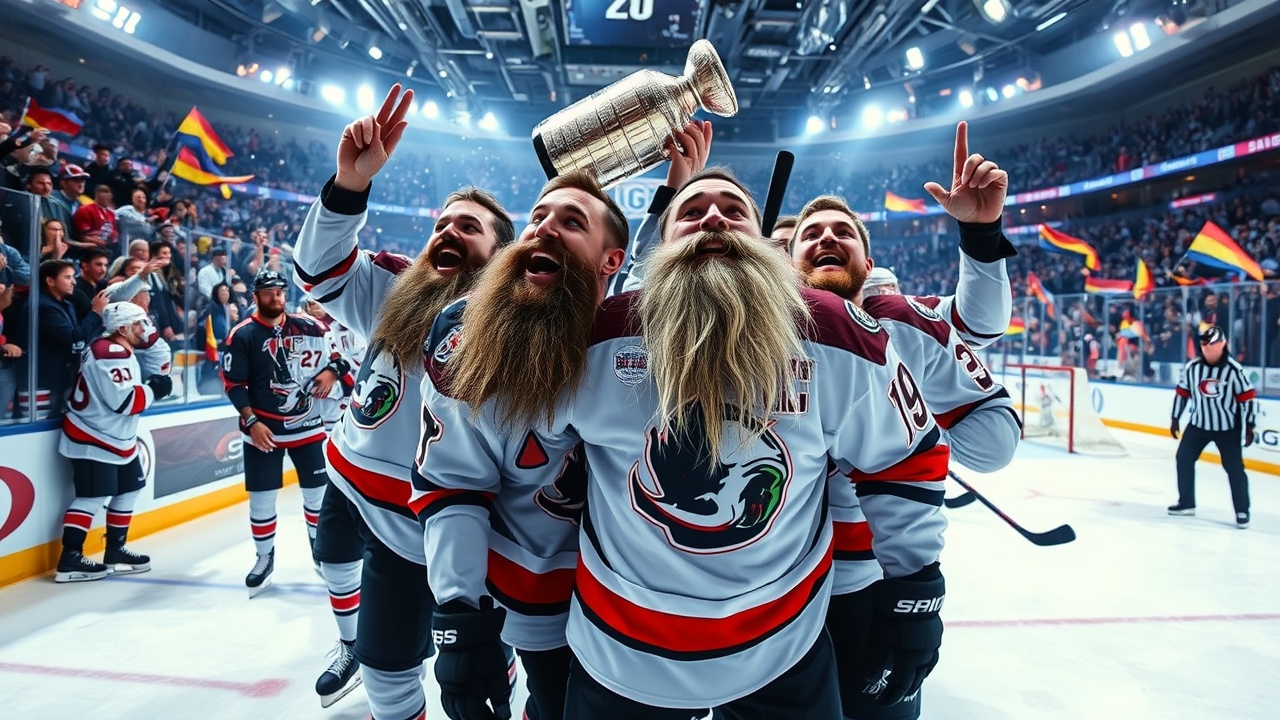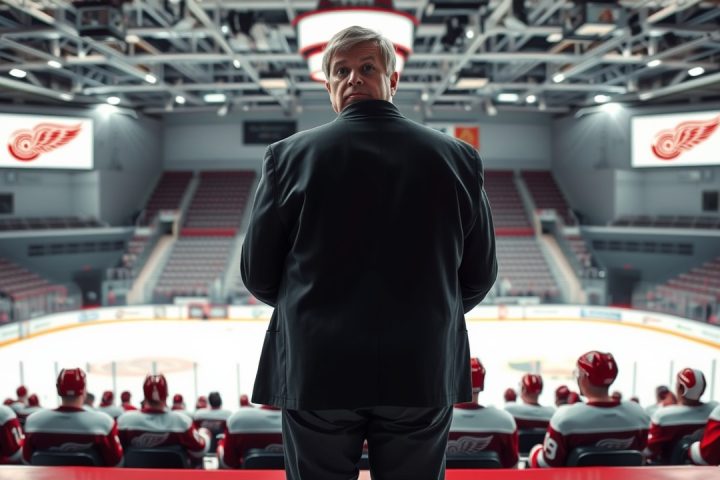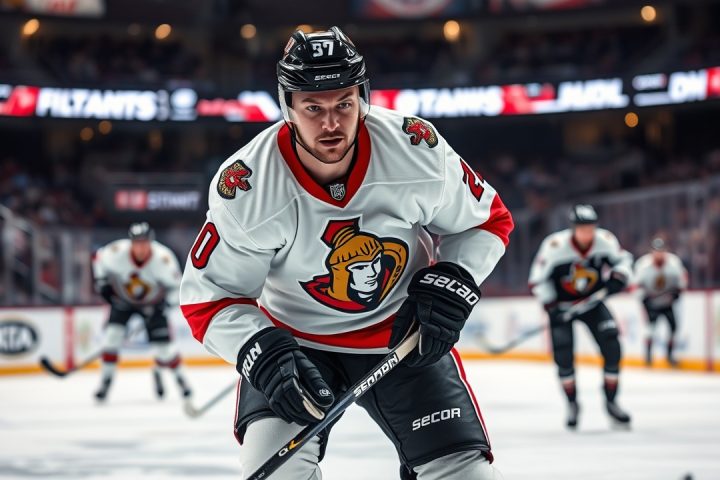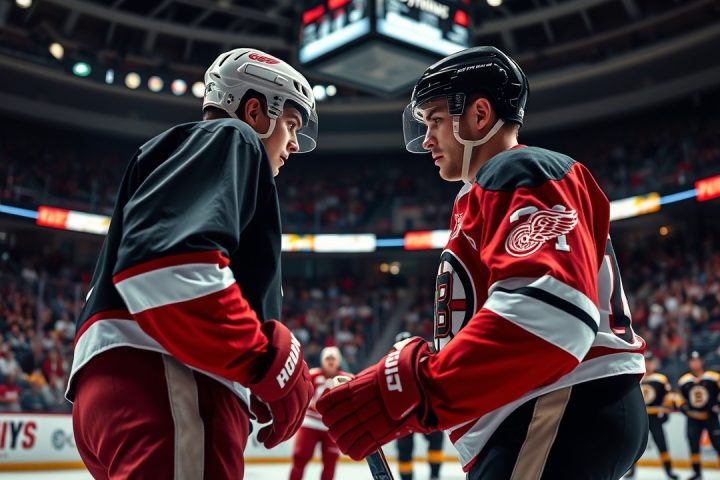The Origin of the Playoff Beard
The origin of the famed playoff beard in the NHL is a point of contention among the players who helped establish it. Commonly attributed to the New York Islanders during their 1980 Stanley Cup journey, the playoff beard began as an unintended side effect of the grueling competition.
Denis Potvin, the Hall of Fame defenseman and captain of the Islanders, shared how the ritual began amidst a hectic playoff series against the Los Angeles Kings:
“We wanted nothing more than to eat and sleep. So, I let my beard grow, and other guys did, too. We kept winning, and before we knew it, it just became part of our routine.”
Symbolism and Unwritten Rules
Throughout that season, the Islanders maintained their victorious streak, eventually claiming the Cup in four consecutive years. Potvin explained that the growing facial hair served as a symbolic reminder of the hard work and dedication needed to pursue the championship. The unwritten rule is simple: players usually shave before their first playoff game and refrain from shaving again until their team either wins the Cup or is eliminated from contention.
Despite its popularity, there are some notable exceptions to this rule. For instance, Edmonton’s defenseman Darnell Nurse chose not to participate this year following his team’s emotional loss in a lengthy playoff series. However, the tradition has been widely adopted by nearly every Cup-winning team over the last 50 years—the Islanders’ success while sporting playoff beards clearly established a trend.
Influence and Acceptance
Ken Morrow, another defenseman from the Islanders’ roster during their legendary run, pointed out that the concept of the playoff beard wasn’t as immediately embraced by others until later in the decade. The term “playoff beard” was popularized a bit later, influenced in part by sports journalist Stan Fischler, who documented the bearded players during their winning streak.
Interestingly, some teammates were already sporting beards prior to this ritual. Morrow himself had a beard from his Olympic days and decided to keep it when joining the Islanders. Bryan Trottier, a celebrated center for the team, also wonders about the origins of the playoff beard trend and muses on its mythology within the hockey community.
Personal Opinions and Historical Context
Westfall, a former player who transitioned to commentary, admitted he never liked the beard trend to begin with:
“Back in 1980, it was more about not shaving until we won or lost. But honestly, I didn’t think too much of it then; I just wasn’t a fan of beards.”
Both Westfall and Trottier engage in discussions about whether the Islanders were indeed the first to embrace the playoff beard, acknowledging that players in previous non-champion teams may also have refrained from shaving. However, as Westfall humorously noted, victories and championship titles tend to shape the narrative.
In the context of hockey history, the Canadiens of the 1970s, led by Scotty Bowman, did not engage in this practice despite their own successful dynasty, which leaned more towards a cleaner-cut image. In contrast, Potvin highlighted the rugged image of the Islanders as aligning more with their fanbase, which resonated well into the following decades of the NHL.
The Lasting Significance of the Playoff Beard
As hockey has evolved, the playoff beard has become a mainstay across the league, symbolizing commitment to the team and the sport. Potvin reflects on its lasting significance, recognizing how it has drawn comparisons between generations of players, from his own time to the team dynamics seen today.
Despite his participation, Potvin confesses he has forgone the beard since those intense playoff seasons, preferring to keep his face clean after the championship runs concluded.




